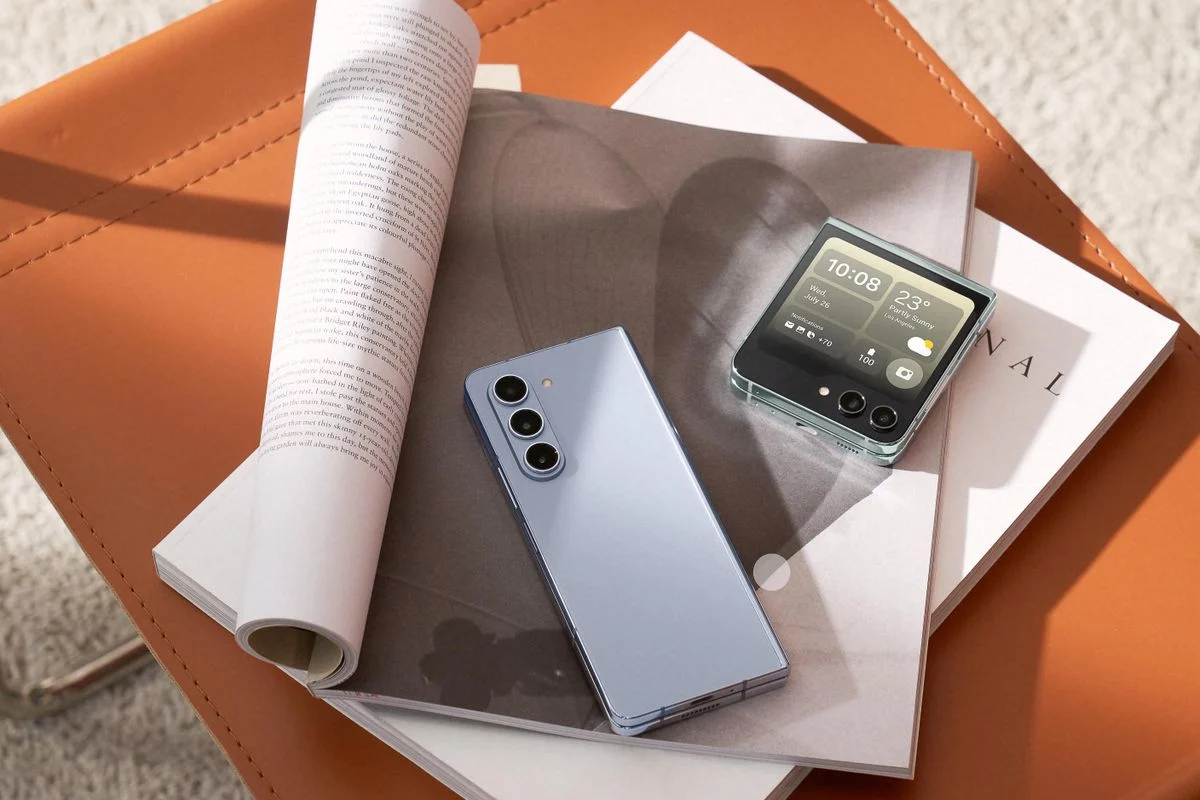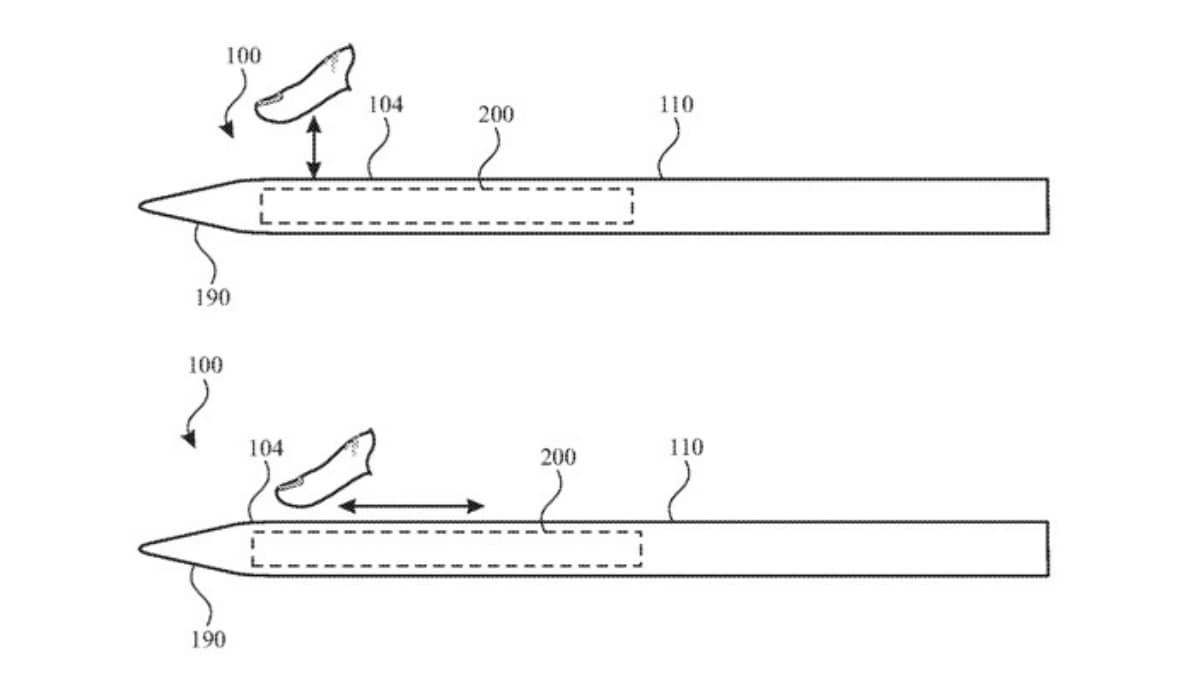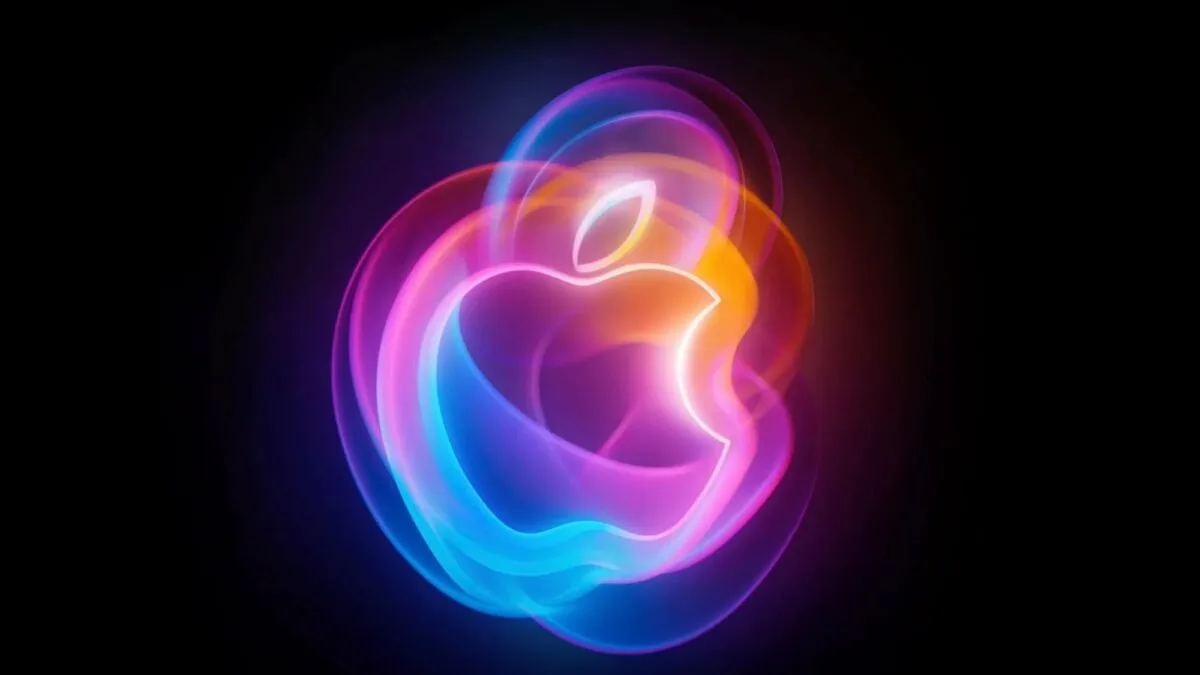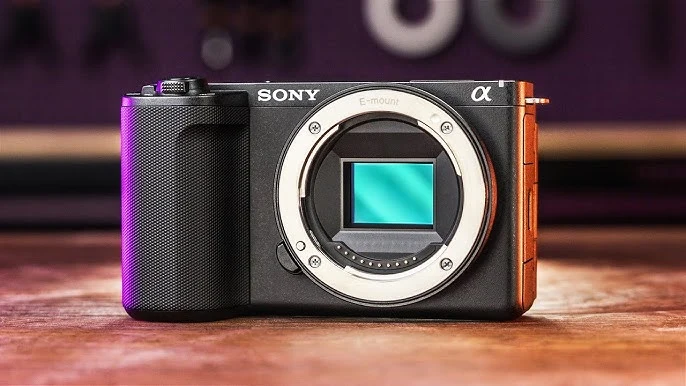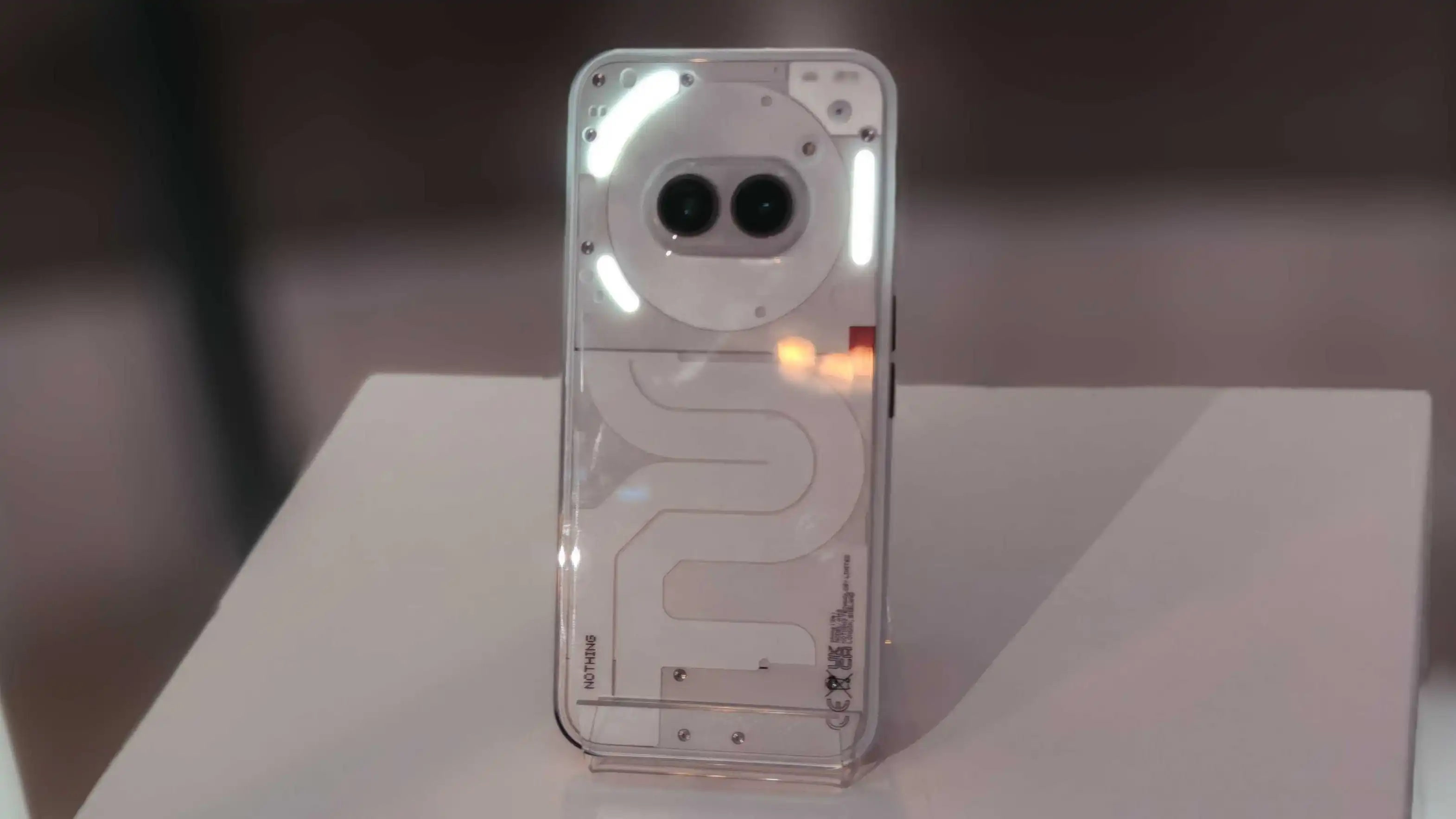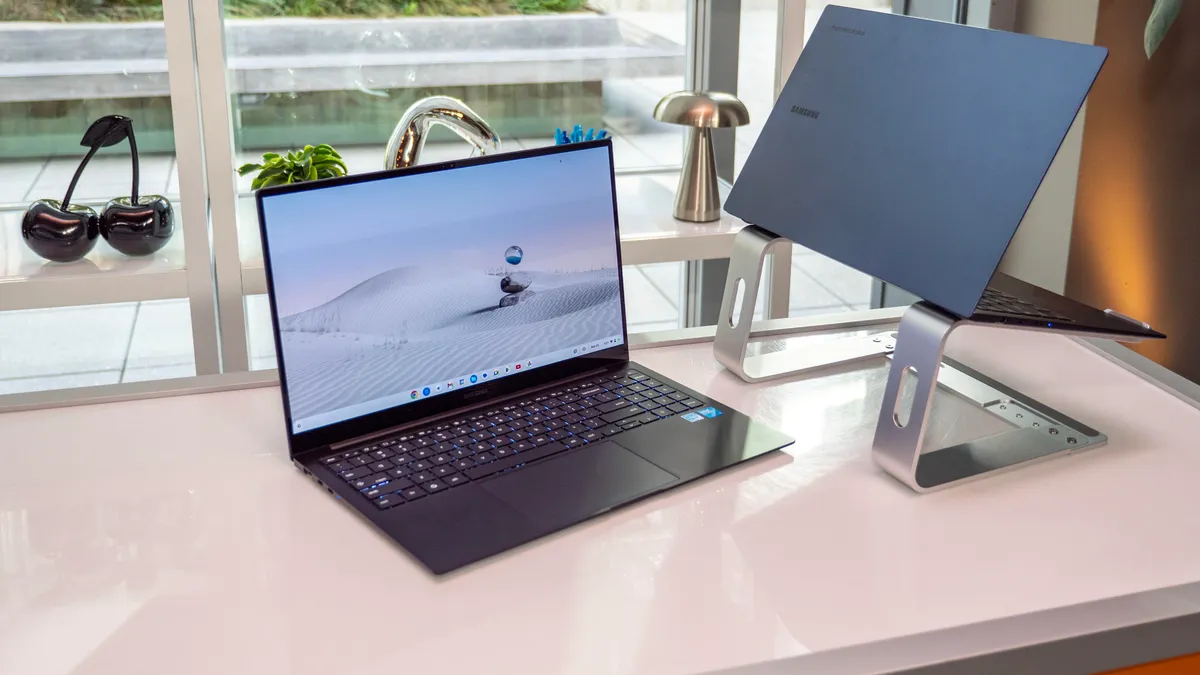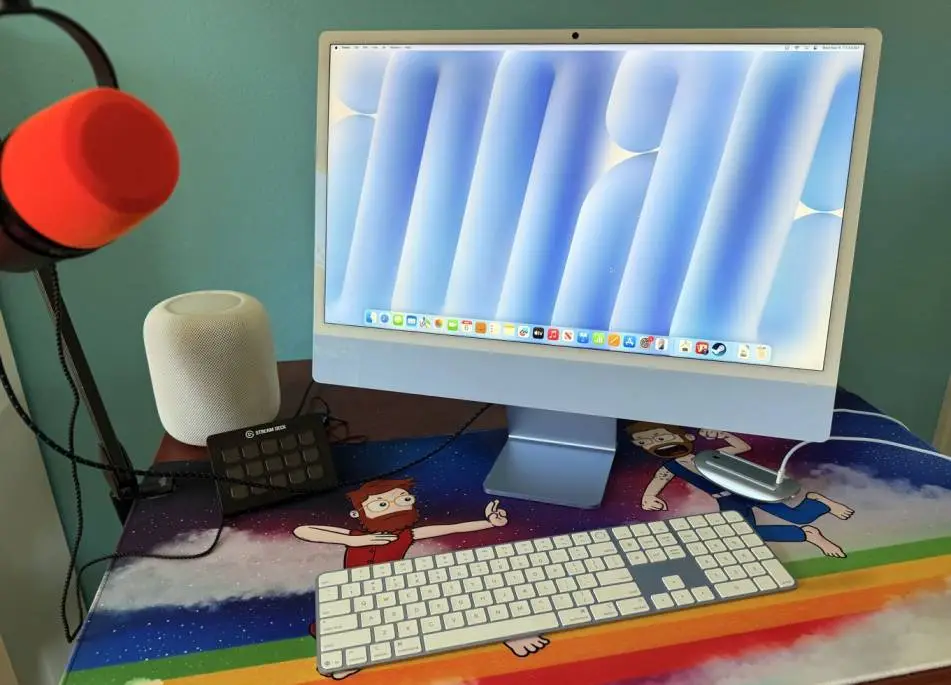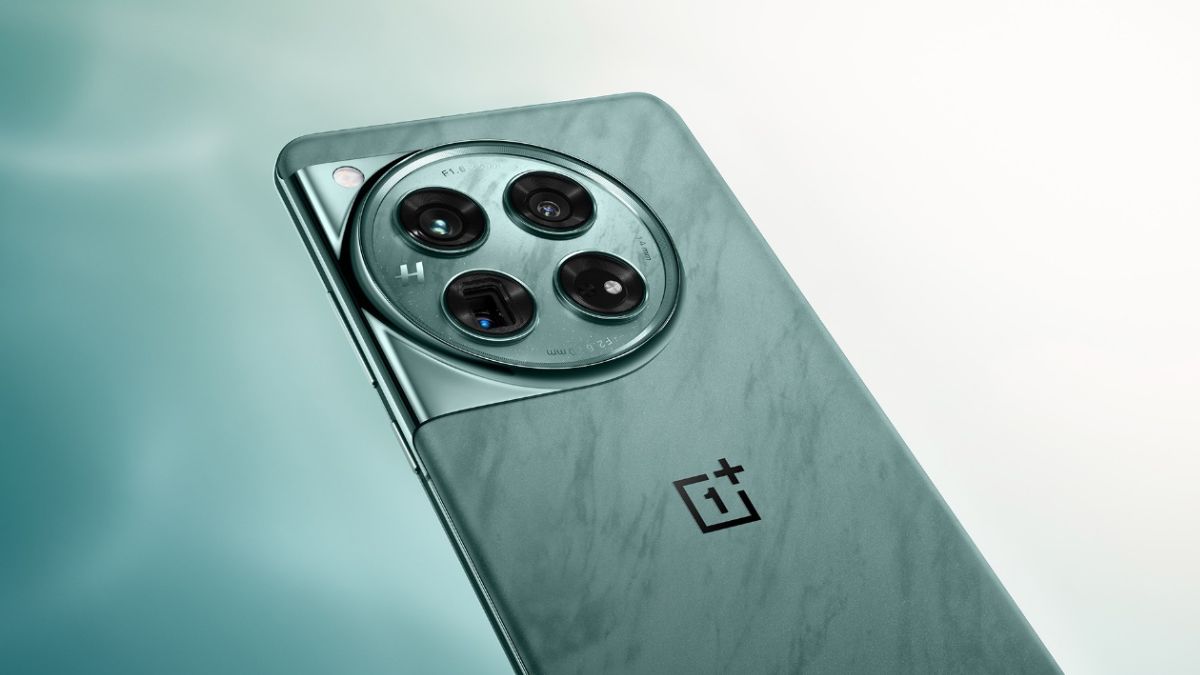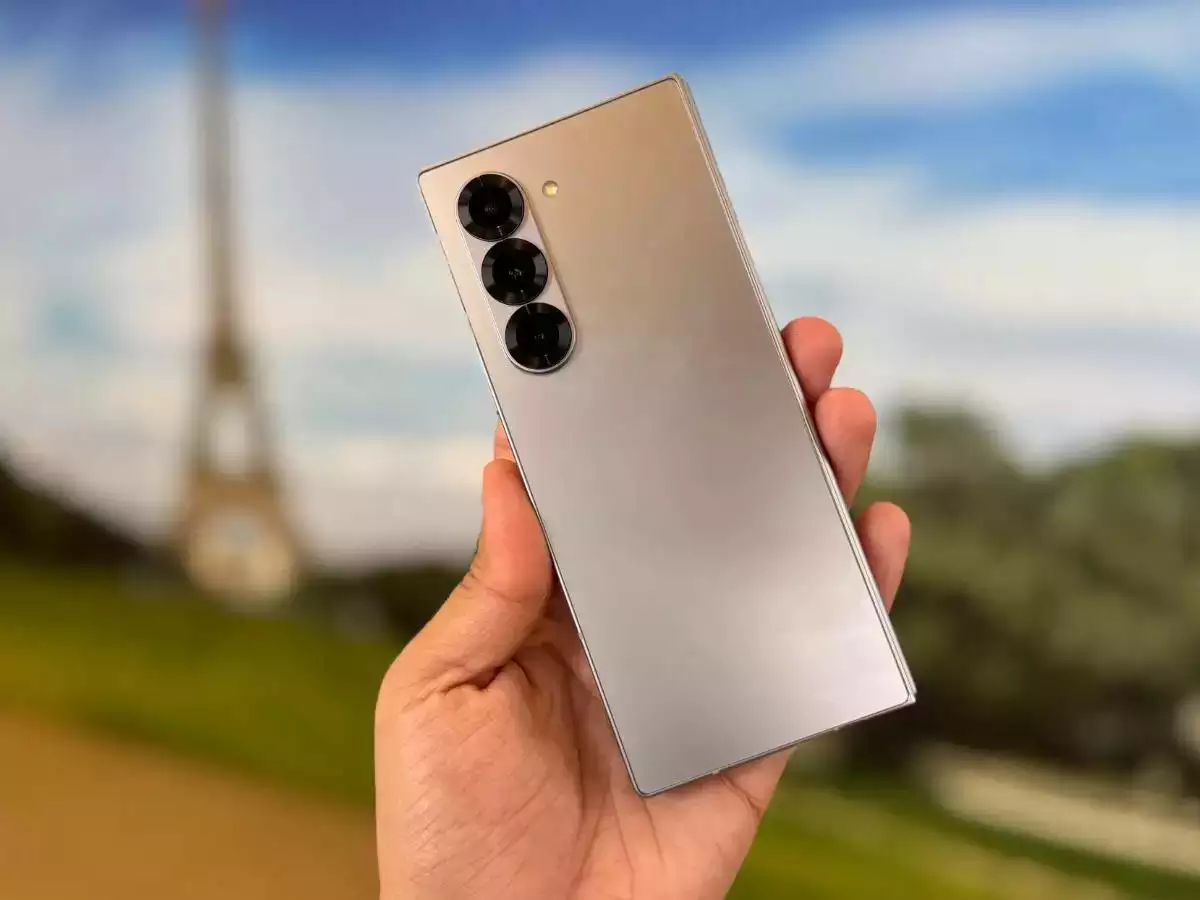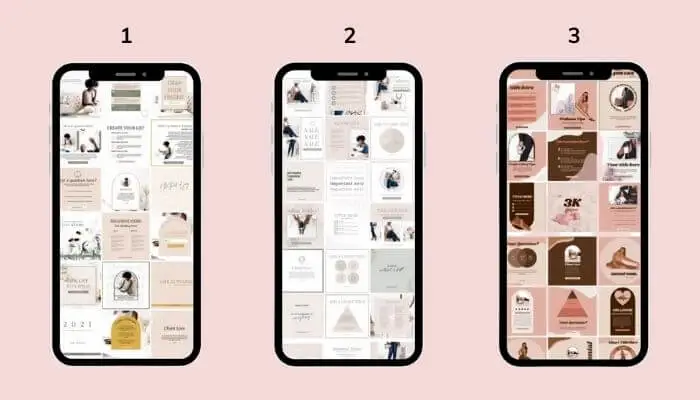I've always been more tempted by Samsung's Galaxy Z Flip series than the Z Fold. Maybe it's the Z Flip's more affordable price, maybe it's the nostalgia for flip phones taking hold, or maybe it's just that I don't want to view videos in public spaces.
For a number of years, the Z Flip series has debuted with the Z Fold; however, its specifications have frequently placed it at the lower end of each flagship family, including the Galaxy S family with its conventional design. This year, Samsung has fixed some of the Z Flip 5's main issues, including its poor cameras and limited battery life.
It’s a good thing too. There is more competition than ever for folding devices, as we noted in our review of the Z Fold 6. Indeed, is Samsung doing enough in light of Motorola's latest foldables, even though it is taking action?
Design And Display
With only a few small design tweaks, it would be difficult to distinguish visually between the Z Flip 6 and the Z Flip 5 from the previous year. This year's improved camera array is flatter on the sides and features a metal edge surrounding each lens, matching the style of previous 2024 Galaxy products. Additionally, there is a barely noticeable decrease in thickness when the device is closed, which is probably due to a more recent hinge design. Compared to my year-old Z Flip 5, the crease seems once again even less obvious this year.
The Z Flip 6's main screen tops out at 2,600 nits, compared to the Z Flip 5's display's 1,750 nits, even if the panel sizes and resolutions stay the same. According to Samsung, this foldable display is the brightest one it has ever made, and it will more than suffice to withstand the erratic summertime temperatures in the UK. It's another gorgeous, flexible, fluid, and sharp AMOLED.
The size, brightness, and quality of the Z Flip 6's cover display are all the same as those of its predecessor. Is its design superior to that of the Moto Razr 50 Ultra? No, in my opinion, but you can still read notifications, view videos, and even frame your images on the screen.
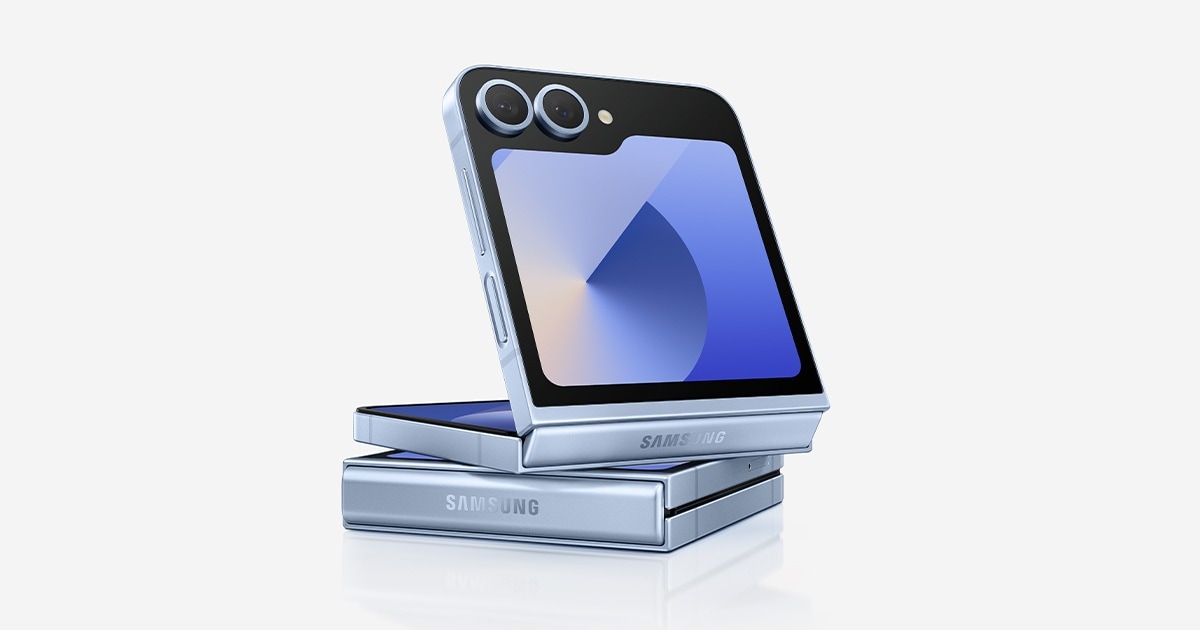
Additionally, Samsung's recently launched Z Assurance program is something to consider if screen durability is a concern for you with your new foldable. In the unlikely event that something goes wrong, it provides a one-time discount on screen replacement in addition to a free one-time replacement of the Z Flip 6's factory-installed screen protector.
The Z Flip 6's Flex Window falls short in terms of usefulness even with greater widget support and area. The large screen (unveiled last year) provides ample room to snap selfies with the gadget without unfolding it, yet notifications are still just a swipe away.
Samsung's software innovations leverage the dual-screen Z Flip 6 to display both sides what's being said. One such innovation is AI-powered translation. In general, it's rather accurate, and mixing text and audio should lessen misinterpretations and incorrect translations.
Additionally, new photo features connected to the cover display are powered by Galaxy AI. When you set up the Z Flip to shoot a timed snapshot or record a video without human supervision, AutoZoom helps with the framing process by taking at least some of the uncertainty out of it. It works great for packing in friends or cropping your surroundings to home in on your gathering. The Flex Window's editing and modification process is still overly cumbersome. There aren't enough widgets for a device on its sixth iteration, and more capabilities are hidden away in the Labs part of the settings. (A Z Flip 2 was never released by Samsung.)
However, some new widgets are insufficient when other flip foldables only display a shortened version of your home screen and can only partially execute the majority of apps. Thankfully, YouTube, Netflix, WhatsApp, and Google Maps are among the few apps that can operate on the cover screen thanks to Samsung's Labs settings. It's a start, but surely I could acquire a Kindle reading app or a trimmed-down version of Chrome if the cover display can support streaming video. I wish Samsung had applied more pressure. (There are some programs and ways to get past this; many owners of Galaxy Z Flip devices swear by Good Lock, but I don't want to have to.)
This year, the Z Flip 6 also receives a boost in RAM, going from 8GB to 12GB. It boasts a potent Snapdragon 8 Gen 3 processor, just like the Galaxy Z Fold 6 and S24, and while testing I didn't observe any performance problems.
Cameras
This year's Z Flip now sports a 50 megapixel primary camera sensor, matching the resolution of this year's Galaxy S24. While it is undoubtedly improved, it falls short of the features of top-tier smartphones with cameras, such as the Pixel 8 Pro, S24 Ultra, or iPhone 15 Pro.
When I compared the Z Flip 6 and Z Flip 5, I was taken aback by how frequently the pictures were nearly identical. It would be expected that the Z Flip 6 provided greater fidelity than the Z Flip 5 if I decided to photograph full 50-megapixel stills. If I shot in 12MP on the Z Flip 6, there often was little difference between the two foldables. When everything was well-lit, the newer phone was less likely to blow out the entire image. However, it performs better in low light conditions, particularly if you select the 12MP option, which allows the phone to analyze the additional pixels for a more detailed picture. Whether it was grass blades or the gentle shape of this patient dog, the Z Flip 6 proved more adept at capturing finer details.
A further significant advantage of the larger sensor is that the Z Flip 6 can enlarge images by cropping the 50MP picture to a 12MP size. Without a special telephoto lens, you can get good shots at 2x and even 4x zoom.
The Z Flip 6's higher-resolution sensors naturally outperform the one from the previous year in low light thanks to Samsung's processing. Sometimes Samsung's image processing went a bit too far, resulting in wrinkles and other distortions that frequently ruined clothes and skylines. Although the Z Flip 5's cameras aren't particularly improved upon, the image system wasn't all that bad to begin with. Nothing compares in quality to using these high-resolution cameras for selfies or video chats thanks to their form factor.
Read Also: Google Pixel 9: A Comprehensive Review
Galaxy AI Features Come To Foldables

This year, Samsung is releasing its Galaxy AI software for its foldable devices, and the business is still adding and improving upon it. Alongside Chat Assist for sending texts and emails, the amazing Google Circle to Search is available, making it easier to research nearly anything you’re looking at on your phone. I've been particularly delighted with the photography functions, which are the only Galaxy AI tips I really used on a regular basis.
The enhanced AI picture editing features from Samsung are conveniently located and simple to use. After opening a photo, you circle things to pick them by tapping on Samsung's AI sparkle icon. After that, you may either remove or reposition your selection, and with a single tap of the AI button, Samsung's AI will fill in the blanks.
It's quite simple to use and accomplishes what you need it to, unlike the complicated widget menus and front display settings. You can compare your photographs by clicking the "view original" button after your AI makes adjustments.
And lastly, Sketch to picture is a fun diversion. With just a few quick strokes or an attempt to sketch a specific object, Galaxy AI will create an object and apply it to your picture, frequently in a manner that is highly lifelike. At times, it even hits the mark.
Galaxy phones will include a watermark that reads "AI-generated content," but scale (hey, enormous geese), fuzzy edges, or the laws of physics were the most obvious indications of AI objects and editing.
The capability of Samsung's image production shocked me. My spook behind the barrier came from correctly sketching a ghost behind a mesh barrier. It would also apply the proper amount of shadows and light shading, producing some very precise results. That earlier photo of the dog? There was no ball present. Several authentic white hats are also included. It was unfortunate that I was unable to alter the hue of these objects or provide text-based instructions so that they could identify my scrawls. Yes, it's a gimmick, but a good one at that. Days later, I'm still using it a lot. It's really enjoyable.
Not every AI feature works as well as it should: When I use Portrait Studio, it will recognize faces automatically and provide me with a variety of AI-generated sketches, drawings, and 3D models that all make me appear like every other white male tech journalist wearing glasses. which is just yet harsh.
Battery Life: Better, Not Great
The Z Flip 6 features a larger 4,000mAh battery, and the Z Flip series' inability to last all day, especially with heavy use, has been one of its main weaknesses. Here, the Z Flip 6 just about makes it. It was always able to last a full day of intensive use as my primary phone, with around 10% remaining by around 10 PM. I was still worried that I would not survive an evening, so I would always have a charger with me.
The film played on the main screen for more than 13 hours during our video rundown test. Regretfully, the excruciatingly slow charging speed persists. The Z Flip 6 has a maximum charging power of 25W, but I noticed that it took longer to recharge after years of using higher charge rates. From empty, it took two hours to top up fully. In contrast, the Pixel 8 Pro and S24 Ultra have different maximum charging powers of 40W and 45W, respectively. If the Z Flip 6's battery life wasn't a concern for me, I believe this would also be less of a problem.
Over time, foldables have generally required less power input; this is probably because of the way that battery cells are organized within foldable devices. However, why can't the Z Flip 6 handle 45W if the 2024 Motorola Razr+ can?
Conclusion
Comparing Samsung's Z Flip series to the current state of smartphone slabs, it is still the most practical flagship alternative. The newest model folds up and fits neatly into a pocket. It is also a pleasure to use. Along with having better cameras and longer battery life, the Z Flip 6 also boasts all the Galaxy AI capabilities that are expected to become Samsung's USP for smartphones.
The cover display on the Z Flip 6 from last year hasn't changed much, which is annoying given that it costs $100 more than the Z Flip 6. Perhaps this focus on AI is the reason for this. Although you can access Google Maps and play YouTube through experimental capabilities, it's a touch disappointing, especially when competitors like Motorola have shown that more can be done with a foldable's secondary screen.

